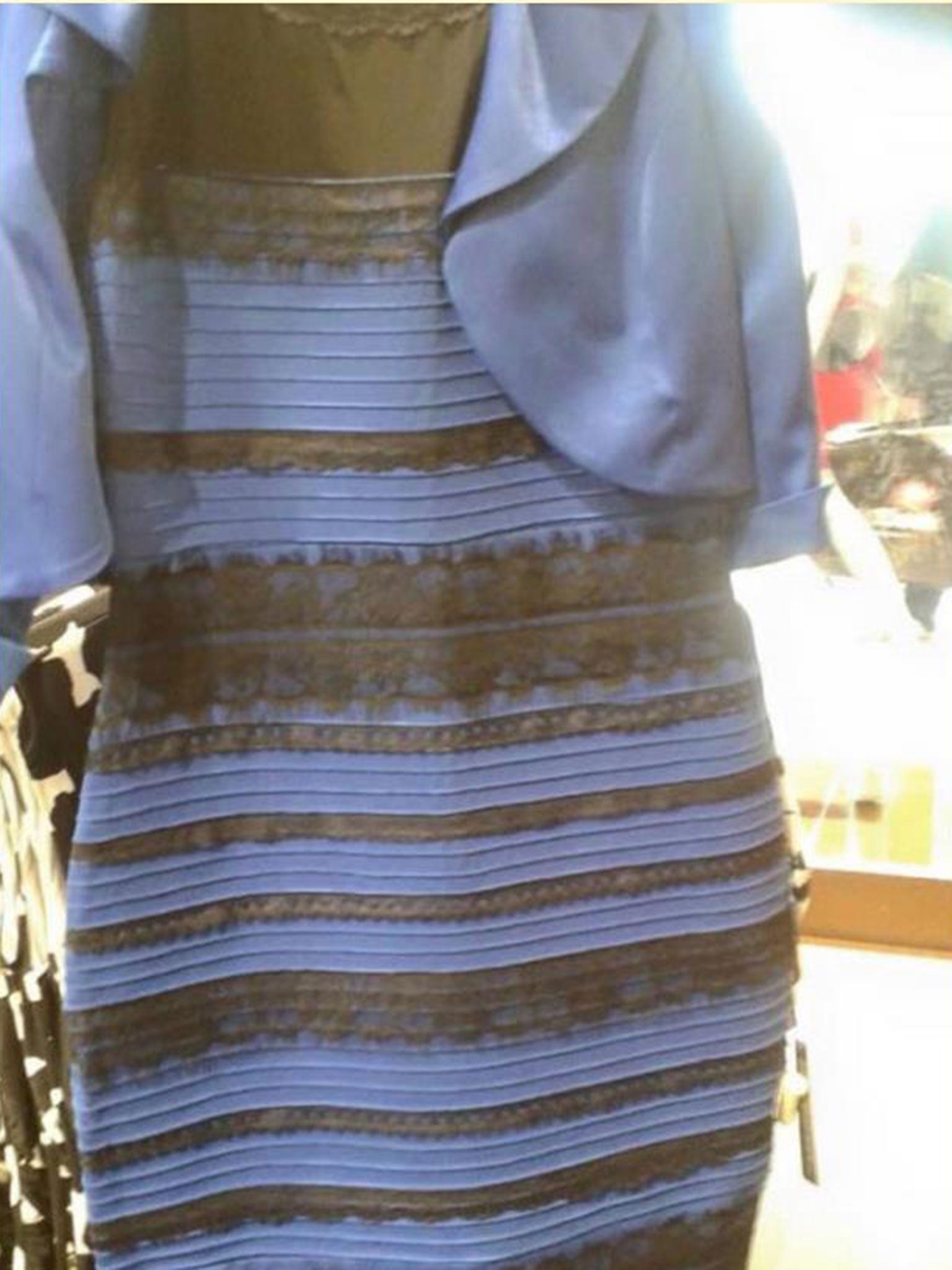Table of Content

Not likely, argues cognitive scientist Michael Webster at the University of Nevada, Reno. He believes that the photograph is part of a growing body of evidence showing that the human eye is more likely to confuse blue objects with blue lighting. Striking individual differences in color perception uncovered by 'the dress' photograph. In a telephone conversation with Business Insider on Thursday evening, McNeill explained that the dress in the picture was worn to her friends' wedding.
I am currently doing research on the development of colour constancy in children within the Sussex Colour Group. Toddlers may experience a lower level of colour constancy than adults, making the world even more confusing for them. It has also been suggested that Monet was somehow able to disregard this automatic process in order to paint scenes showing how light progressed over the day. To most of us, the change in the colour of light over the day would be less noticeable.
What Is The Actual Color Of The Sun?
There is evidence that people with good colour constancy also have better working memory and that these two processes may be related. Generally, we humans tend to have a lower concentration of rods than we do of cones. Our high cone receptor concentration makes it easier for us to see in the light and detect color differences than cats, for instance.

For people who see the dress as it is — black and blue — you're likely seeing the photo as over-exposed, with too much light, meaning that once the retina registers the image, the colors appear darker. False color illusions are images that deceive the eye into believing that the colors around them are the same. When we see something, light moves through our eye in various wavelengths, corresponding to the colors we see. The brain computes the magnitude of the color light that is bouncing off of the object by subtracting the actual color from the color of the object.
What does it mean if you see the dress as white and gold?
Using a gold-tone inverted image, they striped lighter stripes blue while darker stripes were blue. Almost 98% of the participants saw those lighter stripes as vivid yellow today. Half the people on social media see this dress as blue and black and the other half see it as yellow and gold. How can we be perceiving such different colors in the same object?

Differences exist between individuals in sensory and perceptual processing, as well. This means that we may not all be experiencing the same reality – as is the case with the now famous blue and black or white and gold dress. Our results indicate that early-stage optical, retinal and neural factors influence perception of the Dress. Observers with denser macular pigment tend to see the Dress as WG while those with less dense pigment see BB. This suggests that greater pre-retinal absorption of short-wavelength light may predispose observers to see WG vs. BB.
Subject Areas ?
It’s called color constancy and it’s why you know a white car is white even if it’s sunset and reflecting orange or nighttime and in dark blue shadow. He attributes differential perceptions to differences in illumination and fabric priors, but also notes that the stimulus is highly unusual insofar as the perception of most people does not switch. If it does, it does so only on very long time scales, which is highly unusual for bistable stimuli, so perceptual learning might be at play. In addition, he says that discussions of this stimulus are not frivolous, as the stimulus is both of interest to science and a paradigmatic case of how different people can sincerely see the world differently.
This appears to be exactly what may be happening in the case of the famous color ambiguous dress! However, when some of us see the dress and our brain assumes that we are looking at it in daylight conditions and makes some adjustments to account for the color spectrum of the light source. For about half of us, the brain discounts the blue side of the light source, subtracting out the blue from the actual color of the dress so that we perceive the dress as white and gold. For the rest of us, the brain discounts the gold spectrum of the light, yielding a totally different perception of the dress as that of a blue and black dress. As the photo began to circulate across various social media sites, the dress became the center of a worldwide debate.
Our rods are responsible for providing us with peripheral and night vision. The cones in our retina provide us with day vision and color perception. At the same time, the way the dress is captured on camera could also be playing a significant role in this debate. According to Science Daily, humans are blessed with something called color constancy, which means that while color should be easily identifiable whether you’re in bright or dull lighting, things can change if the lighting is colored.

Other celebrities, including Ellen DeGeneres and Ariana Grande, mentioned the dress on social media without mentioning specific colours. Politicians, government agencies and social media platforms of well-known brands also weighed in tongue-in-cheek on the issue. Ultimately, the dress was the subject of 4.4 million tweets within 24 hours. We will celebrate five years since The Dress made an impact on our lives on February 20, 2020. What better way to celebrate than by diving into the world of science? Can you tell me which is blue and black or white and gold?
No comments:
Post a Comment